Island hopping: lesser-known Canary Islands destinations
Your guide to quieter Canary Islands destinations: La Palma, La Gomera, El Hierro. Discover how to visit them on trips from Gran Canaria and Tenerife.
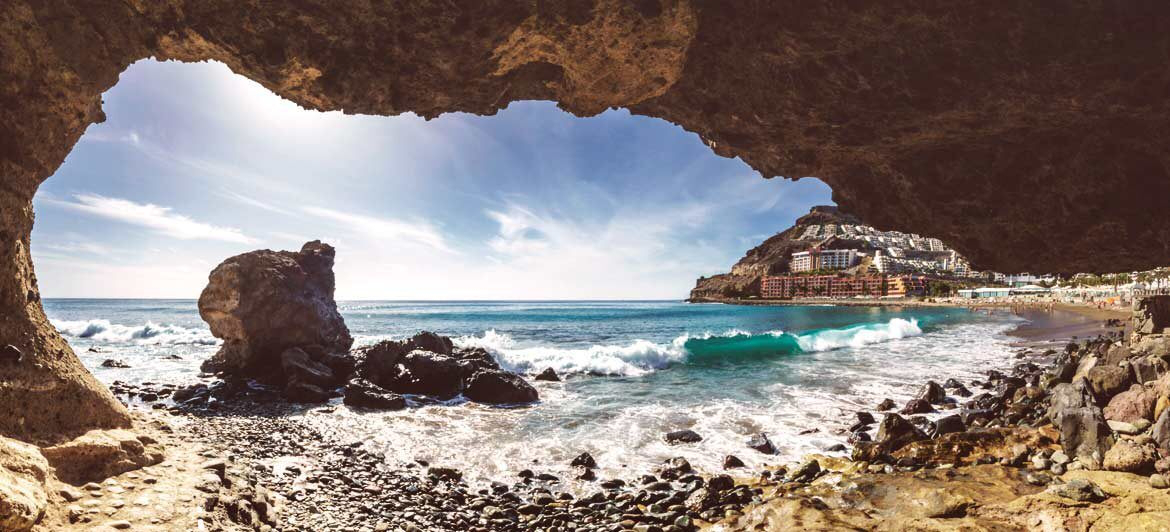
The Canary Islands archipelago is full of surprises. Every island is totally bewitching, and totally unique. But it’s often only the larger islands of Lanzarote, Fuerteventura, Tenerife and Gran Canaria that get all the attention as they’re more accessible and built up.
People often don’t realise that there are alternative Canary Islands destinations within easy reach of the main islands for day trips or overnight stays.
The islands of La Palma, La Gomera and El Hierro lie to the west of this collection of Atlantic islands. Look for them on a Canary Islands map and you’ll see how small they are comparatively. They’re each unique and have fascinating cultural and geological histories to be discovered.
The best off-the-beaten-track Canary Islands destinations
Are you up for exploring them on your next Canary Islands holidays? Read on to find out what to see on each of the hidden Canary Islands, as well as a guide to getting yourself there.
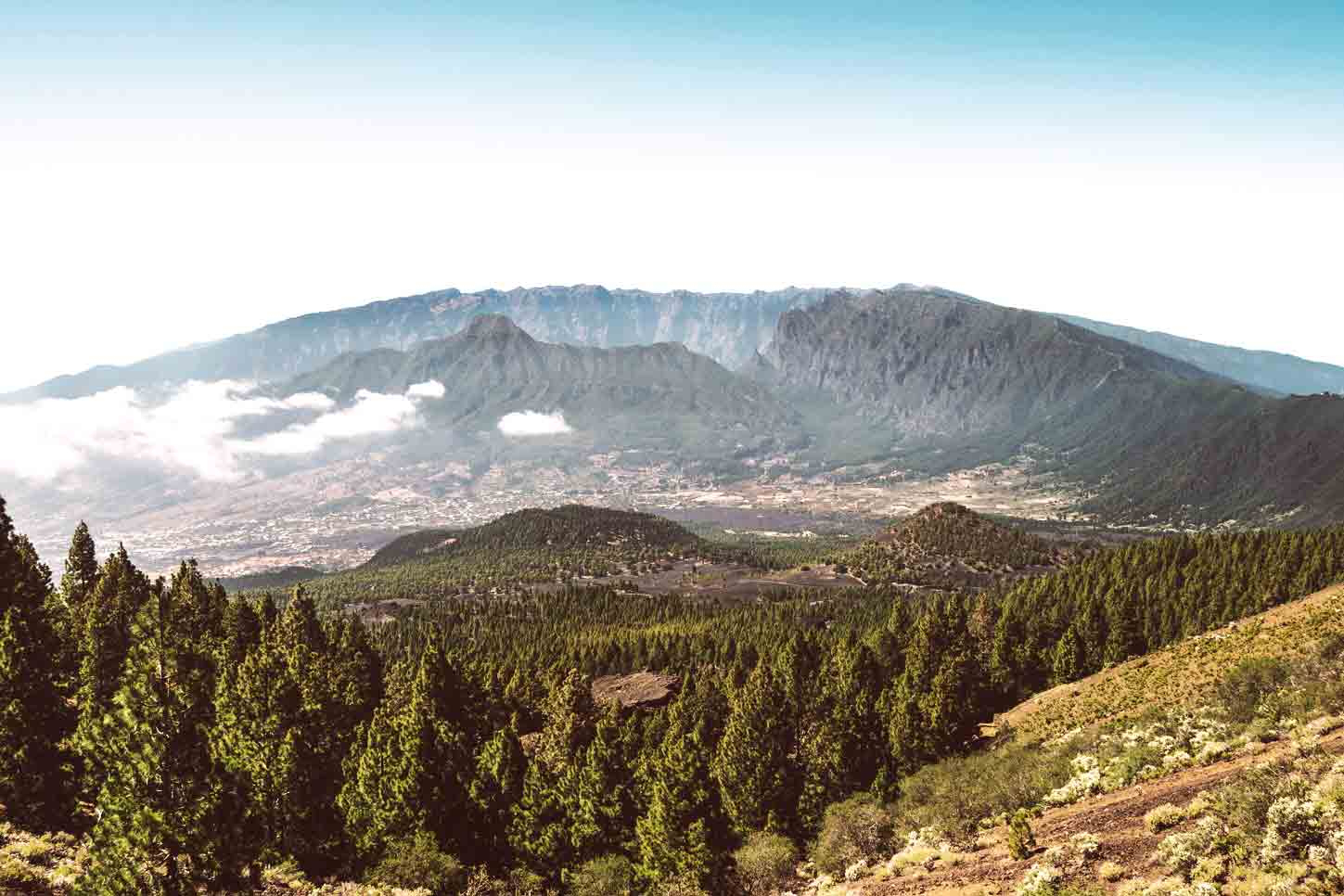
Visiting the island of La Palma
This island has earned the nickname of ‘La Isla Bonita’, and it definitely lives up to it. It’s both a World Biosphere Reserve and a Starlight Reserve, so if you want to get back to nature, then this is the perfect option for you.
The northernmost of all of the Canary Islands, it’s famous for its microclimates, a result of the Atlantic Ocean and the island’s volcanic topography. Just be aware that you might be in full sunshine in one valley, and suddenly find yourself being rained on in the next.
Like all of the Canary Islands, La Palma was shaped by fire, with the last big volcanic eruption in 1971.
There are enough things to do on La Palma to keep you busy for days or even weeks, from hiking in the Parque Nacional de la Caldera de Taburiente to lying on the black sand beaches.
But for anyone more pressed for time who wants to base themselves in Tenerife for their holiday, there are multiple ferries running between the two islands. There are flights available too, but we always recommend taking to the high seas, because it’s more of an adventure and normally kinder to the environment.
Spend at least one night on La Palma before heading back to your hotel in Tenerife, and you’ll be amazed at the contrasts between the two islands.
No matter how long you’re staying, it’s best to rent a car to get off the beaten track and explore some of the Canary Islands’ hidden gems.
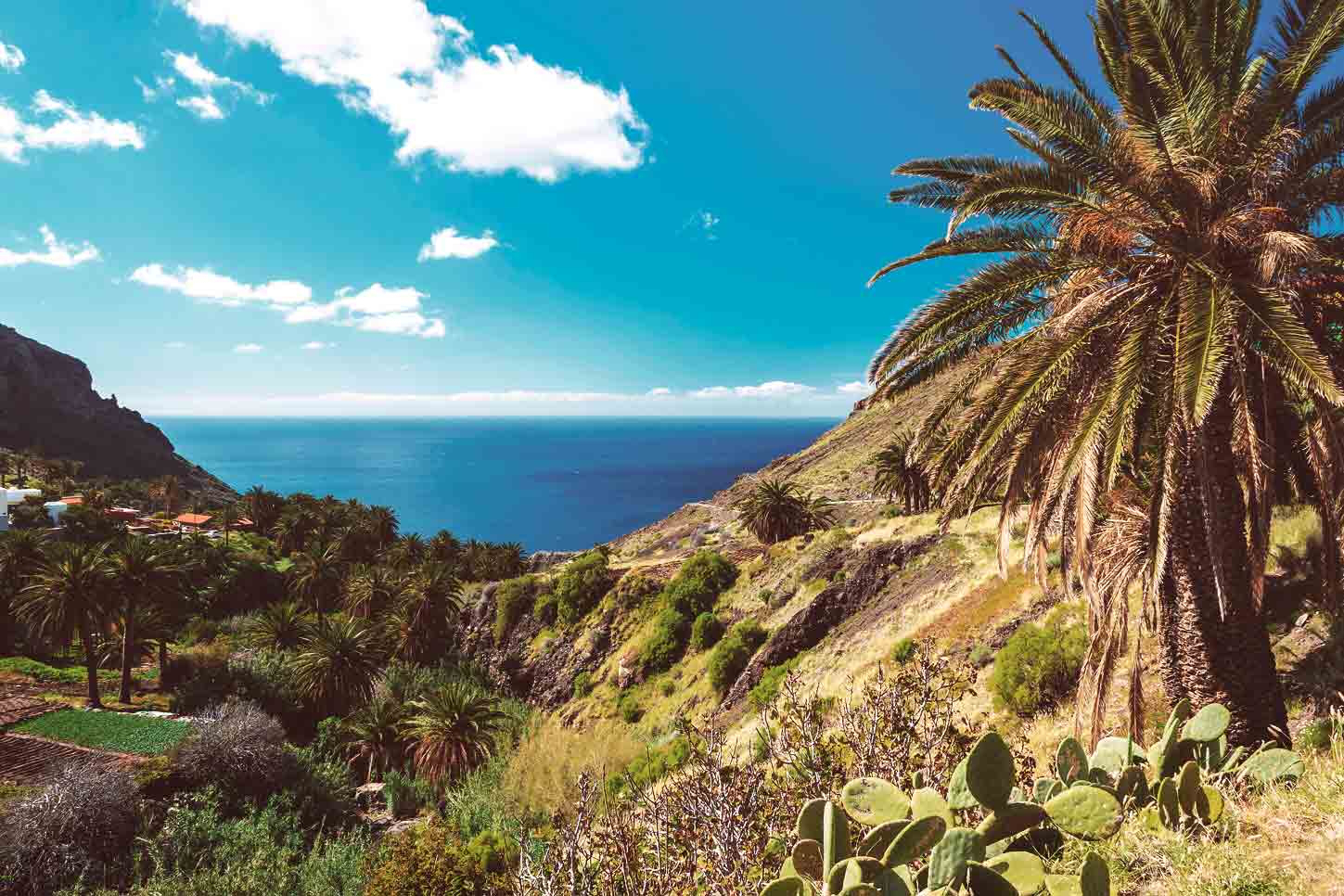
Discovering the island of La Gomera
La Gomera island is the second smallest of the Canary Islands, and is, again, totally unique. It’s more or less circular and deep ravines run down from the highest point on the island, Alto de Garajonay.
The La Gomera rainforest is one of the things that draws visitors to this sleepy island. The upper slopes are almost permanently hidden by mist and clouds, which create the jungle-like environment.
It’s a paradise for anyone who loves hiking, and the cultural history of the island is fascinating, with a whistled language that was developed for communicating across the dramatic landscapes by the indigenous inhabitants still in use today.
When it comes to La Gomera tourism, expect winding roads, spectacular views, very few fellow visitors and a sensation that you’re travelling back in time.
La Gomera is within easy reach of Tenerife, with only an hour on the ferry, making it a great day trip, and just over two hours from Gran Canaria. All in all, it’s the most accessible of all three of the lesser-known Canary Islands destinations.
Whilst you’re on the island, be sure to make a point of eating plenty of the local produce, as La Gomera is famously tropical and produces large amounts of delicious bananas and avocadoes, to name just two.
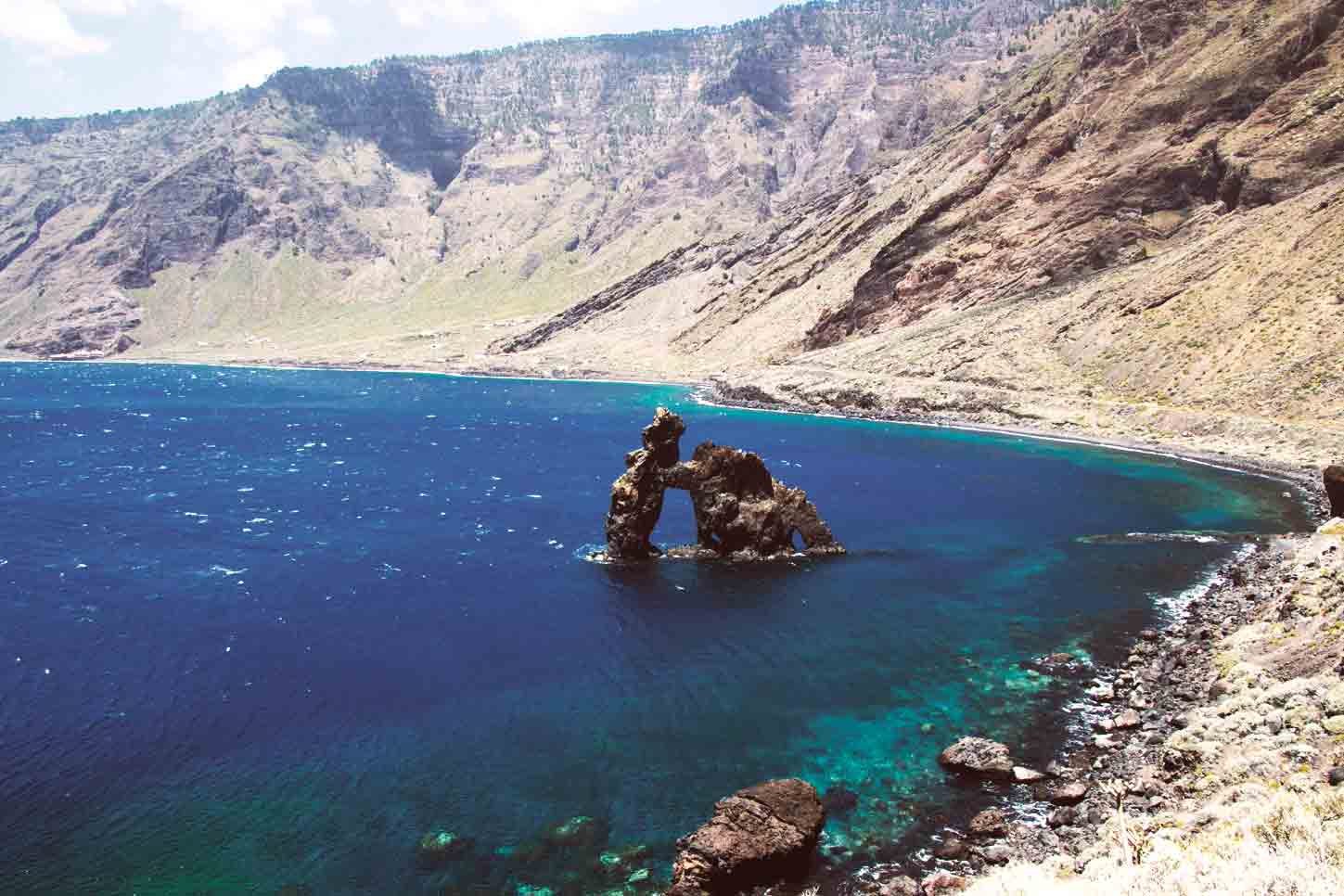
Unlocking the delights of El Hierro in the Canary Islands
Last but not least, we come to El Hierro island. This is the furthest island to the south and west in this stunning volcanic archipelago, and it’s also the smallest. As a World Biosphere Reserve, this is the island that’s best been able to avoid the onslaught of tourism, with limitations on construction. Visiting it is like visiting a land that time forgot.
The original inhabitants of this island were the bimbaches, who lived on the island from at least 120 AD until it was conquered by Spain. Christopher Columbus stopped both here and in La Gomera on his way to the Americas. Before he first set foot in the Americas, many Europeans believed this island to be the end of the world.
Only about 20,000 tourists make it here per year now, so you’re almost guaranteed peace and quiet. Enjoy the trails, the beaches, learn about the island’s history and culture or even explore the underwater landscape at some of the famous dive sites.
Again, the best way of getting to the island of El Hierro is hopping on a ferry from Tenerife or Gran Canaria, preferably with a rental car, so you can get around the island. It’s a fairly long voyage so you’ll want to stay a night or two to make it worth it.
Whichever of these Canary Islands destinations you choose to visit on your next holiday, or whether you choose to go Canary Islands hopping, you’re sure to be won over by their incredible, unique landscapes teamed with their interesting histories and delicious traditional foods.



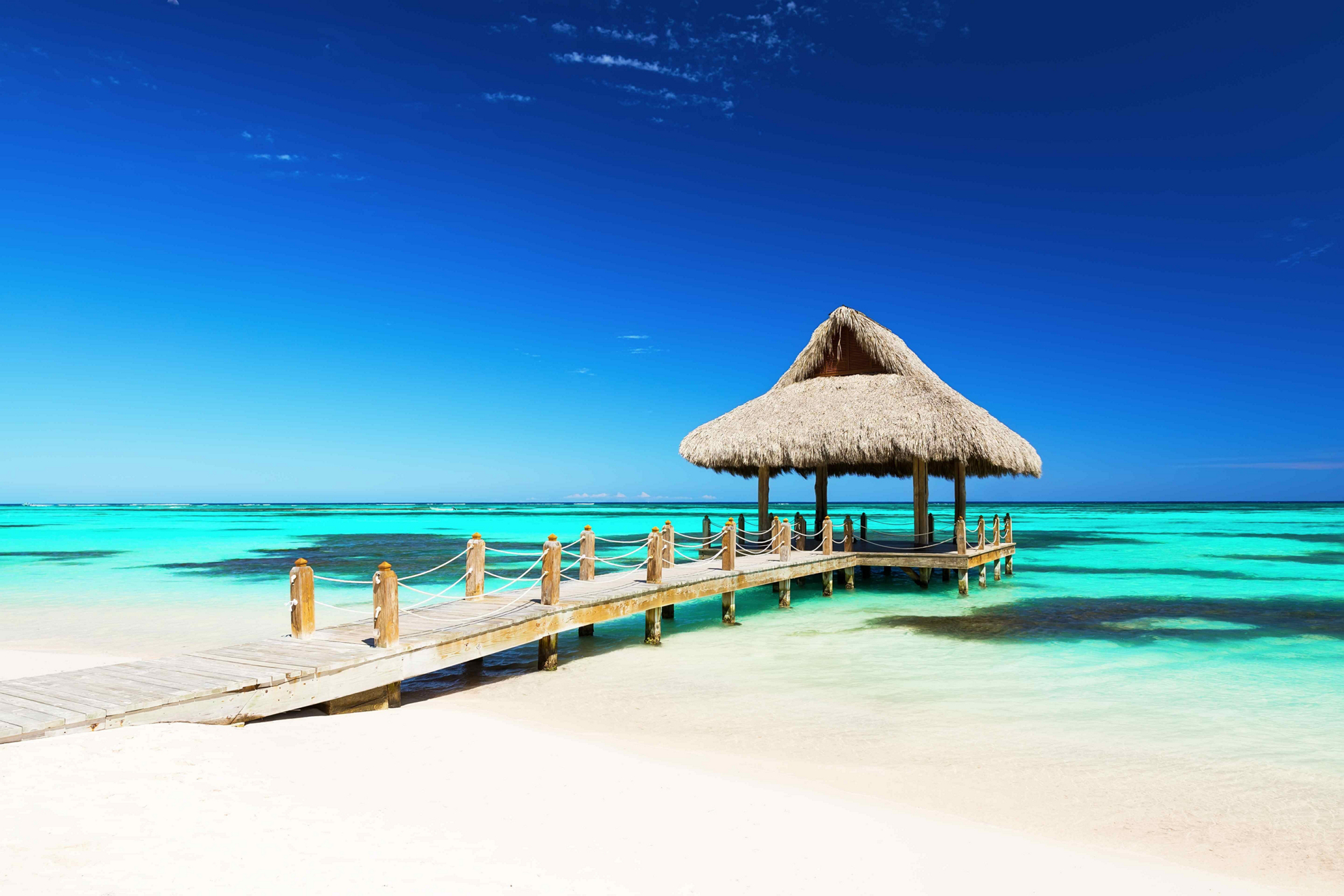

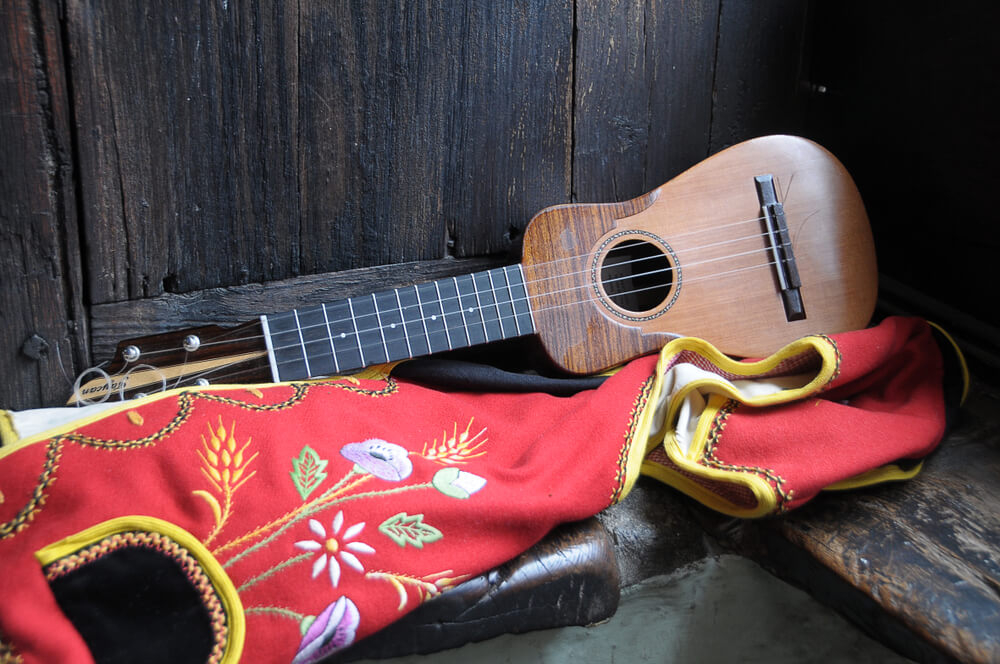


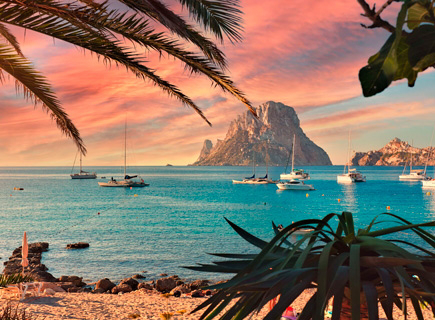
_435x320?&)
